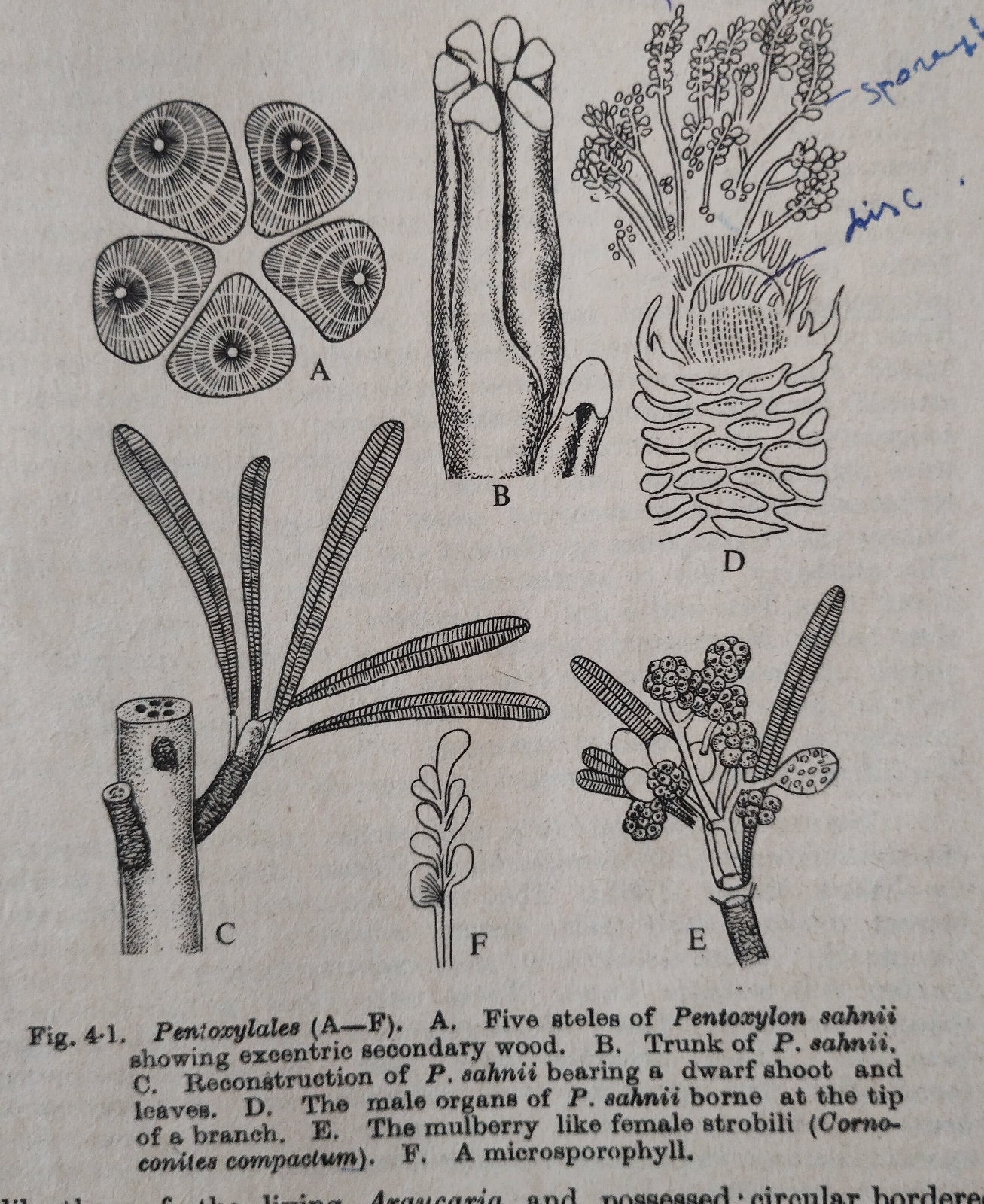Physiological adaptations in Camel #zoology 3rd sem #Unit l
Camelus
dromedarius adapts
itself when there is prolonged water scarcity , high temperature and
non-availability of feed resources or feed quality is poor .
1. Conserve water
2.Dehydrate the blood
3.Prevent cellular damage at high
temperature.
4.Regulate body temperature.
The above features are discussed below :- Conservation of water
(1)Water turnover rate in camel is 38-76 ml/kg.It increases body temp.and also stores CO2 and glucose in the blood to reduce urine production to concentrate urine and to reduce sweating at hot arid conditions.
(2) It can
survive 6-14 days without water and can tolerate 30% water loss.
(3)It drinks
1/3rd of its body weight to rehydrate it and stores in gut for 24 hrs to
avoid rapid dilution of blood.
(4)The ratio
of medulla/ cortica is 4/1 which allows high reabsorption of water in kidney
thus makes the urine concentrate (3200 mOsm).
(5) It follows bi-phasic breathing to reduce water use.
Dehydration of Blood :-
It
dehydrates it's blood but blood composition, Hb function etc. remain same by the following adaptive features :-
(1)Non –
nucleated,oval-shaped erythrocytes increase twice during rehydration without
any damage.
(2) The life
span of erythrocyte increases during dehydration and the lifespan is :
(a) 90-120 days if hydrated.
(b) 150 days if dehydrated at 20°C at
night &-40°C at day time.
(1)High
heat,and dehydration may result in oxidative stress,cellular damage and hepatic
dysfunction.But a camel adapts itself by regulating AST and ALT level to
prevent such malfunctions:-
Hot climate. Cool climate
AST. RF units/ml
82°71± 1.41 69.93 ±8.93
ALT RF
units/ml 10.4 ± 0.31. 9.98 ± 0.17
Regulation
of body temperature:
(1)
Generally
at high heat loads animals increase evaporative heat loss to keep body temperature below a
lethal level, but in such a condition a camel increases it’s body temperature 6°C
--7°C to combat the problem. During this period body temperature reduces 2°C
below the normal minimum to store heat in day time and dissipated at night by
radiation without the use of water.
(2)
Brain cooling:
(a)
The
presence of a carotoid rete at the base
of the brain in camel allows selective cooling of the brain during high
temperature.
(b)
A
camel also increases respiration rate 7 -80 breaths/min when body temperature
increases from 35°C-41°C .This allows its brain temperature to be 1.5°C lower
than the body temperature.
Thus, a camel survive in high temperature and at water deficit condition.



Thank you sir for giving this beautiful blog to us❤One of the best writtings on adaptation of camel that I have ever read❤
ReplyDeleteThank you sir
ReplyDeleteThank you sir❤️
ReplyDeleteThanks for the compliments .
ReplyDelete